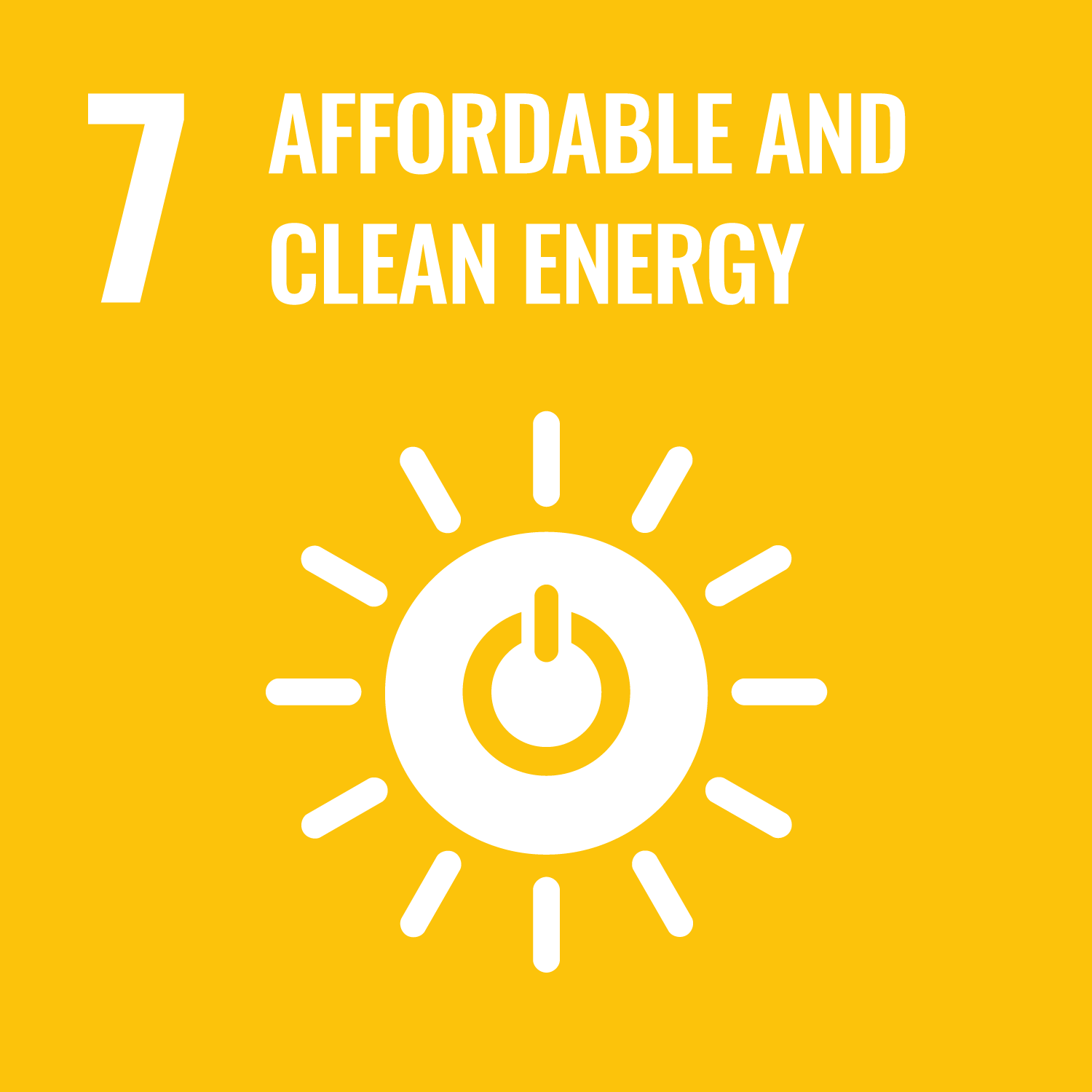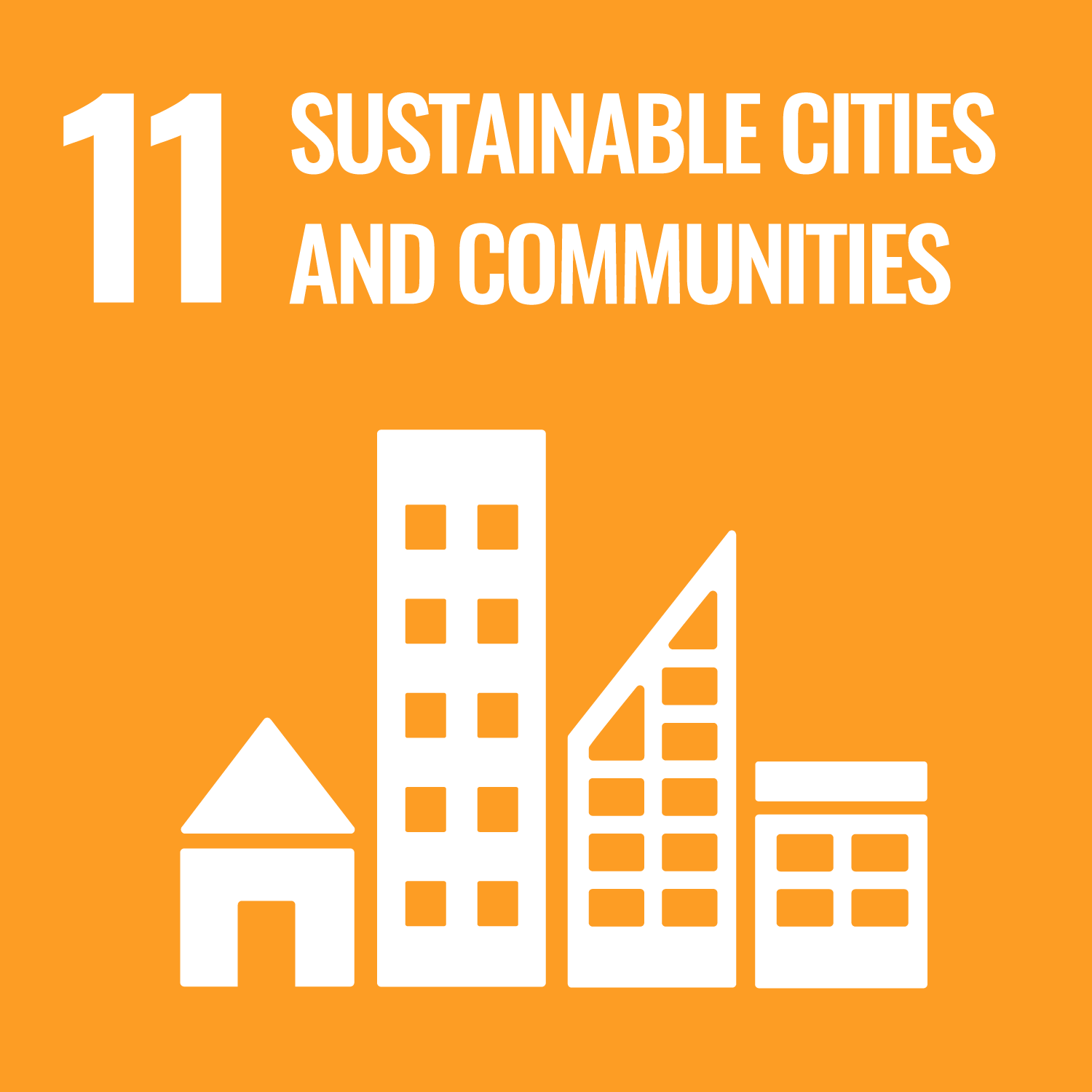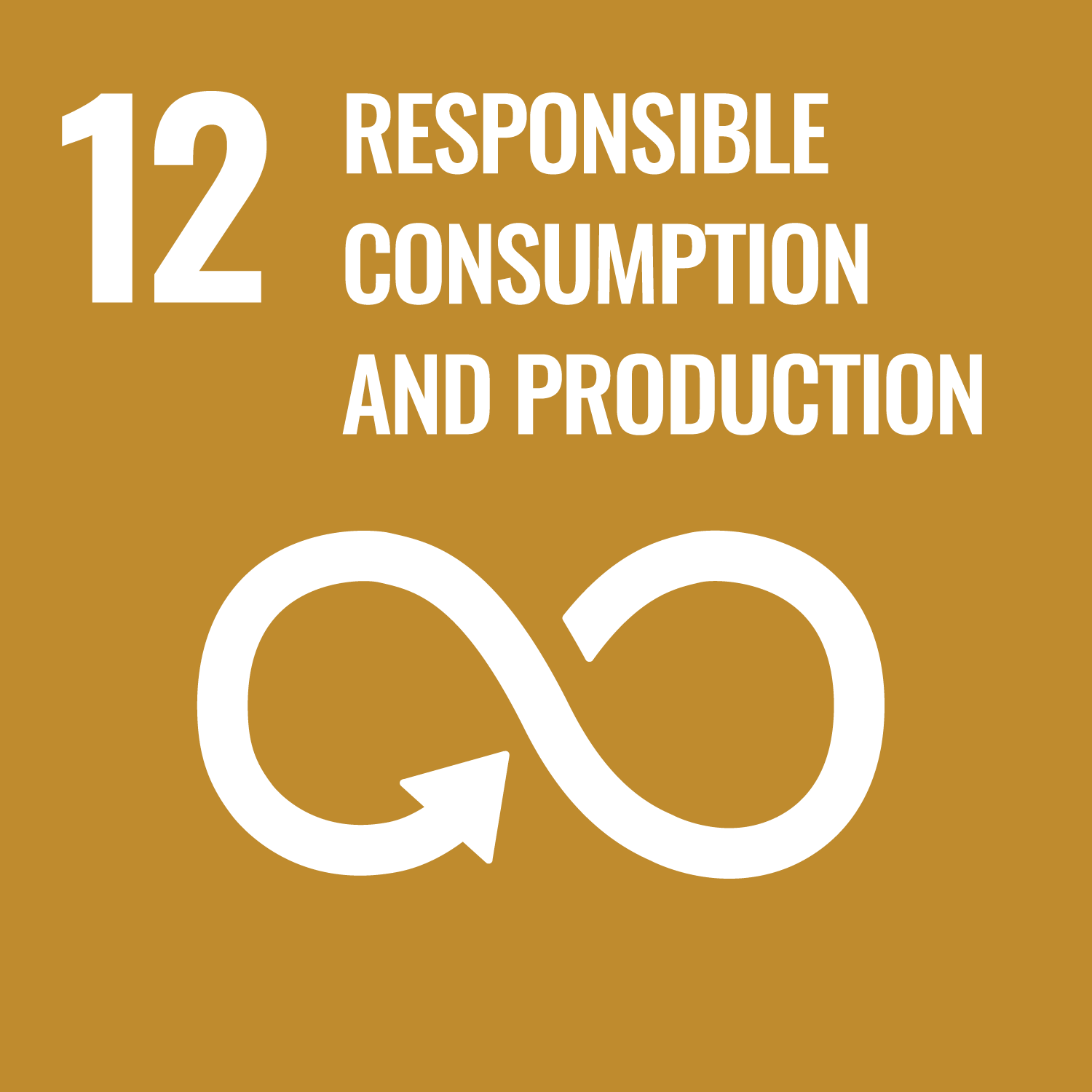LCS-FY2020-PP-20
Estimation of the Installation Potential of Solar Cells Reflecting Shadow Effect, Geographic Information, and Latest/Future Technology Trends:
Analysis in Tokyo Area
Summary
In 2020, the Japanese government set the target of achieving carbon-free by 2050. This has been expediting discussions toward a power mix where renewables dominate. Meanwhile, variable renewables as highlighted by photovoltaics (PVs) cannot avoid temporal and spatial gaps between power supply and demand.
(The former gaps include day and night and seasonal variations, while the latter are geological concentrations, including gaps in access to grids.) Therefore, installation of variable renewables should be encouraged as much as possible in urban areas with a high electricity demand and a large grid capacity. It is thus important to estimate the potential to install PVs in the buildings-especially in Tokyo-for the wider goal of promoting renewables installation and carbon-free power sources. As far as PV power generation is concerned, building-wall surfaces, even those facing south, are not so high in generation efficiency compared with rooftops; however, they generate maximum power in winter. For this reason, to install PVs on building-wall surfaces can improve the direct use rate of generated electricity throughout the year, thus helping to reduce the supply-demand gap of power. A vital prerequisite for the application of PVs to building-wall surfaces is the quantification of the effects of shadows between buildings. Therefore, this paper quantifies such effects, calculates the levelized cost of electricity based on the estimated annual power generation that considers the effects of shadows, and determines the expected amount of application to building-wall surfaces with the cost of electricity being used for a threshold. Using a geographic information system (GIS), the paper aggregates the total applicable area and calculates annual power generation based on the amount of solar radiation on each rooftop and wall surface that is estimated while taking into account the effects of shadows between individual buildings. Once installed, solar cells will not be replaced for at least 20 years. Thus, the paper considers future technological innovations in relation to power generation efficiency and scenarios for introducing them, in calculating the installation potential of PV power generation.






